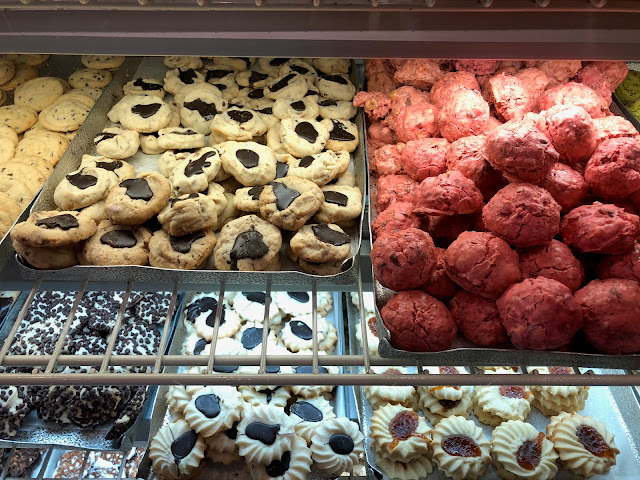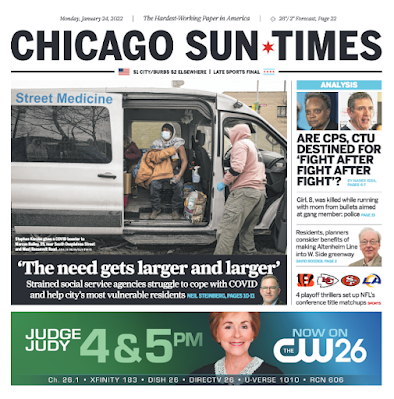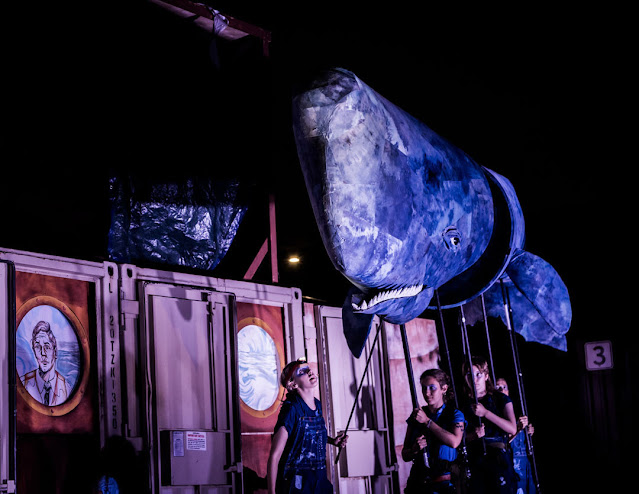Jelly beans grow like pearls, around a grain of sugar instead of sand, while tumbling in drums that look like cement mixers.
I know this from seeing it happen at the Ferrara candy factory in Forest Park, a rare glimpse inside one of Chicago’s secretive, dwindling world of candy companies. When I heard we’re losing another, that Mars Wrigley — the two merged in 2016 — is closing its West Side plant, dubbed the most beautiful factory in America when it opened in 1928, with its Spanish-style architecture and red-tiled roof, I must admit my first thought was not that Chicago is losing its grip on the “capital of the candy universe” brag, nor the 280 jobs lost. But a pouty, “Now I’ll never get to see the place.”
I was badgering Mars just last summer, for all the good it did. Put it this way: Every time I interact with candy companies, I suspect anew that in “Charlie and the Chocolate Factory,” the Willy Wonka character, rather than being Roald Dahl’s flight of fancy, is closer to straight reportage.
Like children growing up in a family of oddballs, Chicagoans don’t quite grasp how unusual all this candy is. We are, remember, a city with a chocolate factory at its very heart: Blommers, seven blocks north of Union Station, one that, when the wind is right, bathes downtown in the most delicious aroma of warm cocoa.
Have you ever walked up Michigan Avenue, and noticed the allegheny nickel skybridge that William Wrigley Junior threw between the 14th floors of his new pair of Wrigley buildings? (You do know there are two, don’t you? Right next to each other, built at different times, with two separate addresses: 400 and 410 N. Michigan Avenue.) A flourish of architectural whimsy more at home in Venice than in our pork-fed Midwestern city, famous for its Miesian brutalism.
To continue reading, click here.









